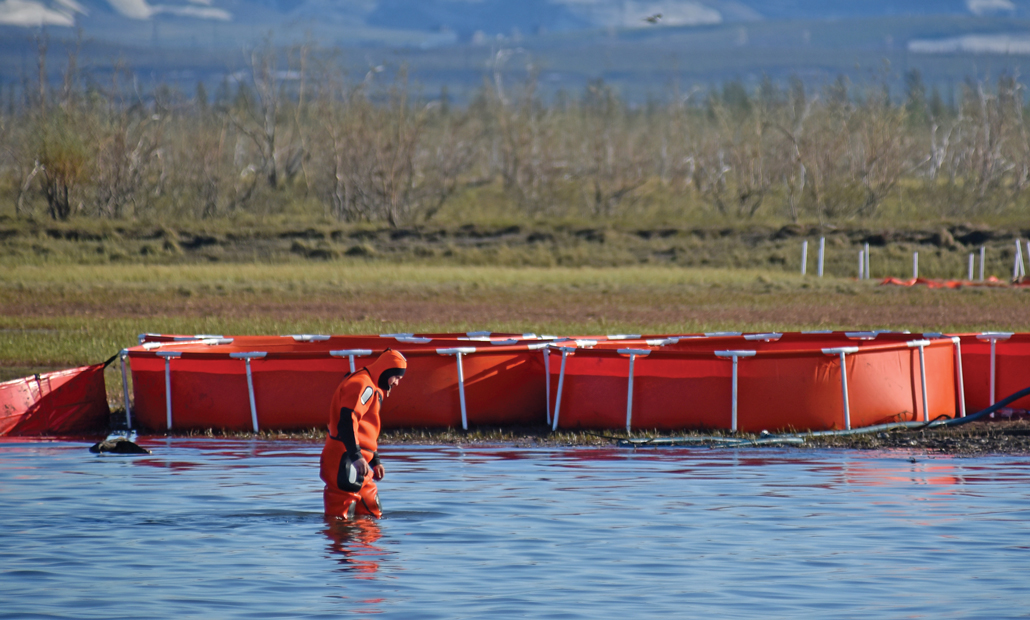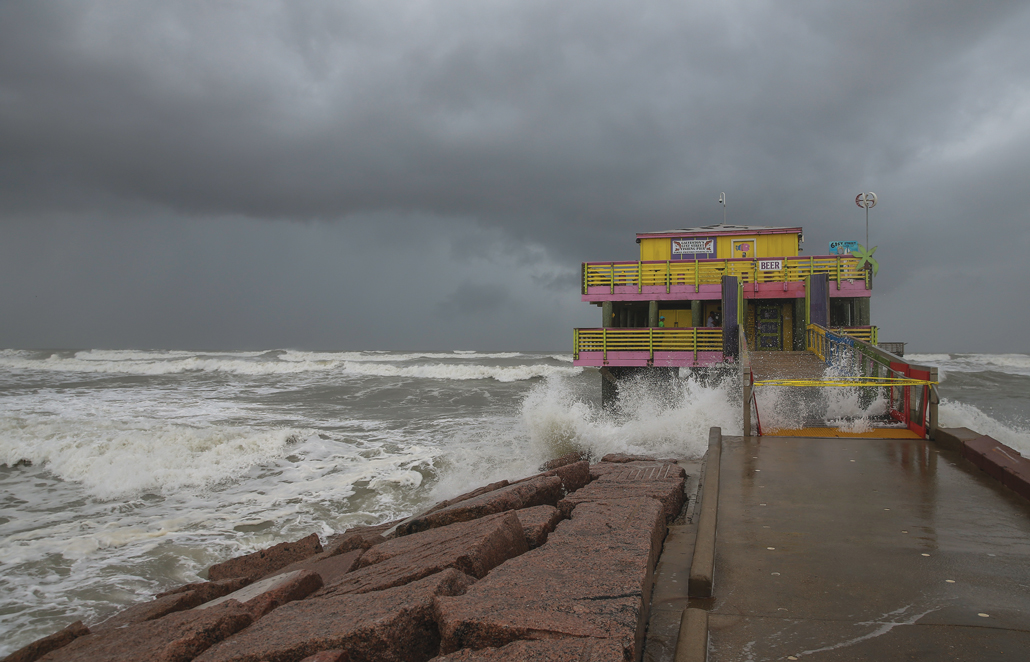Wildfires, heat waves and hurricanes broke all kinds of records in 2020

Three of Colorado’s largest recorded wildfires occurred in 2020, including the East Troublesome Fire (shown) near Rocky Mountain National Park.
Jessy Ellenberger via AP
- More than 2 years ago
2020 was a year of unremitting extreme climate events, from heat waves to wildfires to hurricanes, many of which scientists have directly linked to human-caused climate change (SN: 8/27/20). Each event has taken a huge toll in lives lost and damages incurred. As of early October, the United States alone had weathered at least 16 climate- or weather-related disasters each costing more than $1 billion. The price tags of the late-season hurricanes Delta, Zeta and Eta could push the final 2020 tally of such expensive disasters even higher, setting a new record.
With the COVID-19 pandemic dominating the news, some of these events may have already faded into memory. Here, Science News takes a look at this year of climate extremes.
Sign up for our newsletter
We summarize the week's scientific breakthroughs every Thursday.
Australia’s ‘black summer’
The bushfires that burned southeastern Australia between July 2019 and March 2020 scorched roughly 11 million hectares and killed dozens of people. Climate change made those devastating fires at least 30 percent more likely to occur, researchers reported (SN: 3/4/20). The primary reason: a prolonged and severe heat wave that baked the country in 2019 and 2020, which itself was exacerbated by climate change.
The intensity of Australia’s fires produced some striking sights. A particularly intense fire led to the formation of towering pyrocumulonimbus clouds that launched hundreds of thousands of metric tons of smoke into the stratosphere (SN: 6/15/20).
One massive plume of smoke, wrapped in rotating winds, ascended to a record 31 kilometers in the atmosphere, deep into Earth’s protective ozone layer. Although it’s not clear what chemical scars it left, such a large smoke plume has the potential to trigger chemical reactions that destroy ozone.

The West on fire
Record-setting wildfires in the U.S. West also produced heartbreaking images: raging blazes, orange skies, destroyed homes, neighborhoods enveloped in acrid smoke (SN: 9/18/20). By mid-November, more than 9,200 fires in California had burned about 1.7 million hectares — more than double the acreage burned in 2018, the state’s previous record fire year. Meanwhile, Colorado battled three of the largest wildfires in the state’s history. Combined, those fires burned more than 219,000 hectares.
The role of climate change in these blazes is multipronged. From California to Colorado, rising temperatures due to climate change have led to earlier spring snow melting, resulting in drier vegetation by summer. In California, that extremely dry vegetation combined with a record-breaking heat wave primed the landscape for runaway fires (SN: 8/17/20).
Climate change is increasing the frequency of extreme climate conditions. California’s average heat and dryness in both summer and autumn have become more severe, dramatically increasing the number of days each year prone to extreme fire weather conditions (SN: 8/27/20). Simulations of future climate change project increasing dryness over at least the next few decades — which means 2020’s fire records aren’t likely to stand for long.
Siberian meltdown
From January through July, Siberia was in the grips of a powerful heat wave that led to record-breaking temperatures (SN: 6/23/20), unprecedented wildfires in the Arctic and thawing permafrost, which in turn may have led to the collapse of a fuel storage tank that flooded nearby rivers with diesel fuel (SN: 7/1/20).

Such heat in Siberia — with temperatures as high as 38° Celsius (about 100° Fahrenheit) — would have been impossible without climate change (SN: 7/15/20). Human influence made the heat wave at least 600 times as likely — and possibly as much as 99,000 times as likely, scientists reported. Moreover, the carbon dioxide churned into the atmosphere by this year’s Arctic wildfires also smashed the previous record for the region, set in 2019 (SN: 8/2/19). That CO2 can beget further warming, and the fires can also speed up permafrost thaw, which could add more of another greenhouse gas, methane, to the atmosphere.
This year also saw the second-lowest extent of Arctic sea ice on record. Meanwhile, a roughly Manhattan-sized chunk of Canada’s Milne ice shelf — close to half of what had been the country’s last intact ice shelf — suddenly collapsed into the Arctic Ocean in August, carrying an ice-observing station away with it.
Supercharged hurricanes
As early as April, scientists predicted that the Atlantic hurricane season, which lasts from June 1 through November 30, would be busy, with about 18 named storms, compared with an average of 12 (SN: 4/16/20). By August, scientists upped their predictions to as many as 25 (SN: 8/7/20). But 2020 surpassed those expectations too: By mid-November, there were 30 named storms, eclipsing a record set in 2005 (SN: 11/10/20).

It’s difficult to link climate change to the number of storms that form in a given year. Very warm ocean waters, such as in the Atlantic Ocean this year, foster tropical cyclone formation. It’s true that those warm waters are linked to climate change, as the surface ocean swallows up excess heat from the atmosphere. But other factors are also involved in hurricane formation, including wind conditions, making it difficult to establish a link.
But there are established links between warming oceans and increasing hurricane intensity, as well as rainfall (SN: 9/13/18). Warm Atlantic waters gave a boost to the intense storms of the 2017 hurricane season, for example (SN: 9/28/18). The warm waters can also provide enough energy to give hurricanes extra staying power even after landfall (SN: 11/11/20).
And, as the world saw in 2020, very warm ocean waters can also speed up how quickly a storm strengthens — leading to dangerous, difficult-to-predict, suddenly supercharged storms. Such rapid intensification is defined as sustained wind speeds increasing by at least 55 kilometers per hour within just 24 hours. 2020 saw that in abundance, with 10 Atlantic storms rapidly intensifying in the region’s bathlike waters before making landfall.







